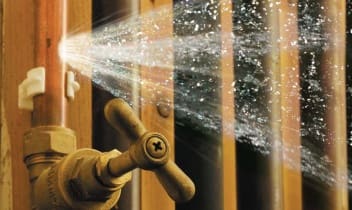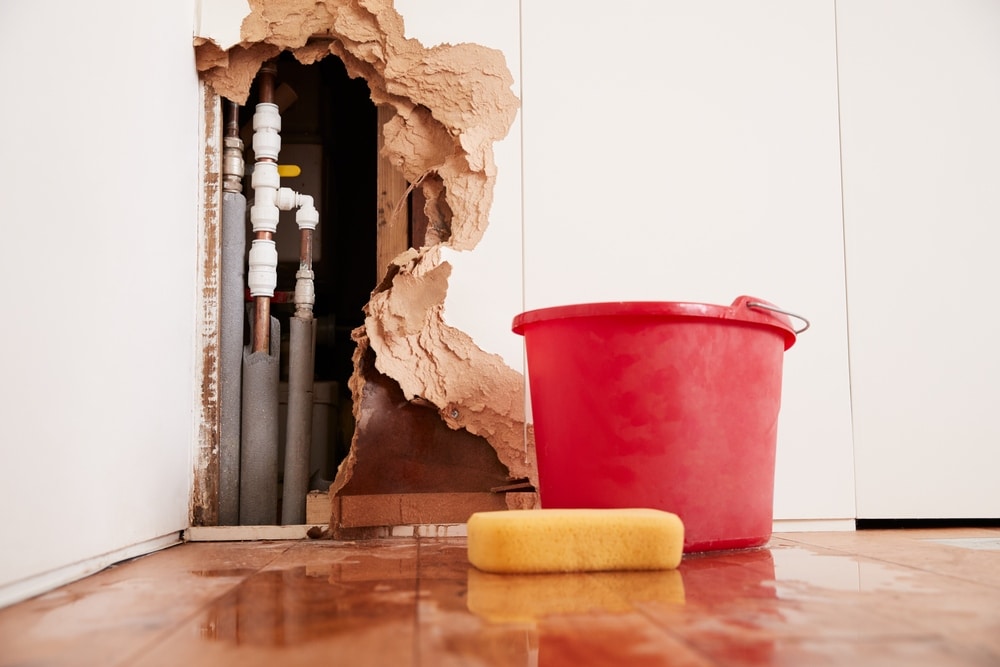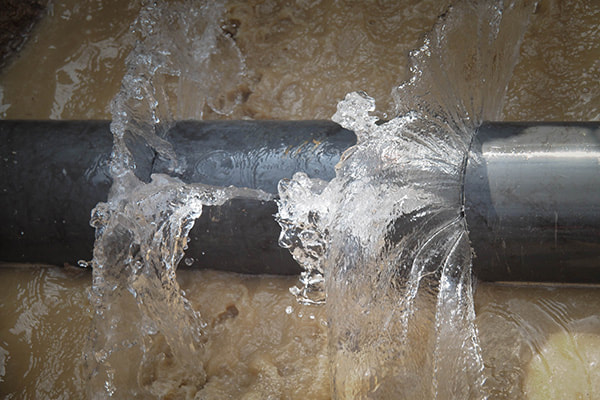How to Fix a Burst Pipe Yourself: A Step-by-Step Guide for Homeowners
How to Fix a Burst Pipe Yourself: A Step-by-Step Guide for Homeowners
Blog Article
Protecting Against Ruptured Pipes: Essential Tips to Shield Your Pipes
Stopping ruptured pipelines is a crucial problem for property owners, especially during colder months when the threat of cold is enhanced. Carrying out tactical procedures such as proper insulation, regular inspections, and preserving regular interior temperature levels can dramatically lower the likelihood of pipeline failure. Additionally, comprehending emergency treatments equips homeowners to react quickly to possible plumbing problems. Numerous are uninformed of the particular vulnerabilities that their pipelines may encounter. Discovering these susceptabilities can supply vital understandings into guarding your pipes system effectively.
Understand Pipe Vulnerabilities
Recognizing pipeline vulnerabilities is essential for reliable plumbing upkeep and protecting against pricey damage. A number of elements add to the sensitivity of pipes to bursts, consisting of material composition, age, and environmental conditions. Older pipelines, specifically those made from galvanized steel or polybutylene, often break down over time, leading to boosted risk of tears and leaks.
Temperature variations can also dramatically influence pipe stability. In cooler climates, water entraped in pipelines can freeze, increasing and exerting stress on the pipeline wall surfaces, which may inevitably bring about a ruptured. Furthermore, high water pressure can strain pipes, particularly at joints and bends, increasing the likelihood of failing.

Insulate Water Lines Properly
Appropriate insulation of pipes is essential for stopping freezing and succeeding ruptureds throughout cool climate (burst pipe). Shielding your plumbing system successfully safeguards versus temperature drops that can cause costly damages. Begin by determining vulnerable areas where pipelines are subjected to outdoor temperatures, such as basements, attic rooms, and exterior wall surfaces
Use foam pipeline insulation sleeves or cover insulation tape around these areas to supply a protective obstacle. Guarantee that all areas of the pipes, specifically those with restricted heat exposure, obtain adequate insulation. Pay unique attention to joints and installations, as these are more at risk to cold.
When shielding, it's important to select materials that meet neighborhood building regulations and are appropriate for the certain environment. For circumstances, fiberglass insulation is often recommended for its thermal resistance properties - burst pipe. Furthermore, take into consideration making use of warmth cable televisions or tape in severe problems, which can be connected in to offer supplemental warmth
Consistently check insulated pipes for any indications of wear or damages, as compromised insulation can reduce its performance. By taking these positive actions, you substantially decrease the threat of pipeline bursts, ensuring a dependable plumbing system throughout the winter months.
Maintain Regular Temperature
A stable interior temperature is essential for avoiding ruptured pipelines throughout the freezing months. When temperatures drop, water within pipes can ice up, creating and broadening pressure that may ultimately trigger the pipelines to ruptured.Making use of a programmable thermostat can aid manage indoor temperature levels effectively, guaranteeing that areas with pipes stay cozy even when the residence is vacant.
This small circulation of water can avoid cold by alleviating pressure within the pipes. By implementing these strategies, house owners can significantly minimize the threat of pipeline ruptureds and safeguard their pipes systems against the severe wintertime aspects.
Consistently Inspect Pipes
Normal evaluations of pipes systems are vital for preventing burst pipelines and preserving general home honesty. Regular checks enable homeowners to determine potential issues prior to they intensify right into pricey repair services or major water damages. During these assessments, it is necessary to analyze visible pipes for signs of rust, leaks, or put on. Pay special focus to locations prone to freezing, such as basements, attic rooms, and exterior walls.
Additionally, inspecting joints and links is vital, as these points are typically at risk to leaks. Homeowners ought to also analyze water pressure levels, as extreme stress can strain the pipes system and enhance the danger of pipeline ruptureds.
Consider scheduling professional pipes examinations at least when a year, specifically before winter, click here to find out more to ensure your system is prepared for cooler temperature levels. By being proactive in your approach, you can safeguard your home against the expensive and disruptive consequences of burst pipes.
Know Emergency Procedures
Recognizing emergency situation treatments is essential for every home owner, specifically after conducting routine pipes evaluations. Being prepared for a plumbing emergency situation can considerably reduce damages and save costs.
Following, keep important tools convenient. A plumbing emergency situation kit should include a wrench, bettor, and towels, as well as a flashlight and a bucket for small leakages. In addition, take into consideration having the contact details for a trusted plumber easily available, must the scenario rise beyond your control.
If you spot a leak or ruptured pipeline, promptly transform off the water system and notify your plumbing professional. Document the damage with pictures for insurance coverage functions. Know the indicators of prospective pipes issues, such as uncommon water pressure fluctuations or damp spots on wall surfaces
Inevitably, aggressive expertise and quick activity are vital in handling plumbing emergencies, ensuring your home continues to be protected and decreasing prospective damage.

Conclusion
Finally, stopping burst pipes requires a complex technique that includes understanding pipeline susceptabilities, appropriate insulation, keeping constant indoor temperature levels, over here normal evaluations, and knowledge of emergency situation procedures. By executing these necessary methods, the danger of pipes look what i found failures can be significantly reduced, thereby guaranteeing the long life and performance of the pipes system. Aggressive measures not only safeguard versus possible damage but also contribute to overall water conservation and the protection of home.
In cooler climates, water entraped in pipes can ice up, putting in and expanding pressure on the pipe walls, which might inevitably lead to a burst. When temperatures drop, water within pipelines can ice up, creating and expanding pressure that might ultimately trigger the pipelines to burst. By executing these techniques, house owners can dramatically decrease the danger of pipeline bursts and guard their plumbing systems against the extreme winter components.

Report this page